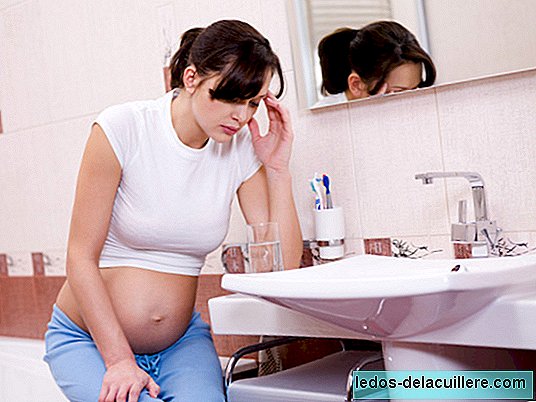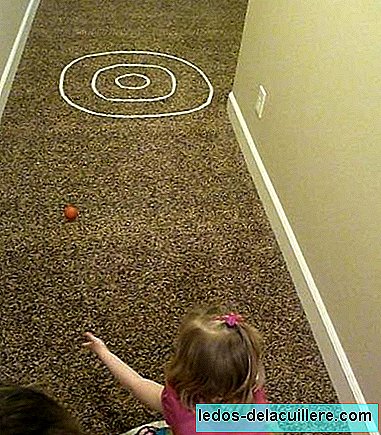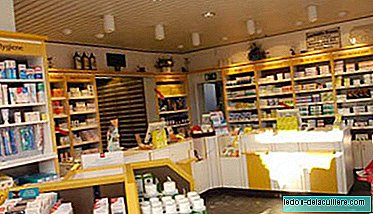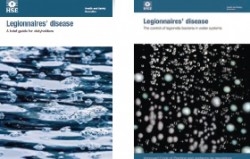The legionellosis is a bacterial disease which can be acquired both in the community and in the hospital, in this second case it is called nosocomial. The community is mainly associated with evaporative cooling systems such as cooling towers associated with air conditioning. In the case of nosocomial it appears when the bacteria is found in the systems of domestic hot water and cold water for human consumption.
The Legionella is a bacterium that is found naturally in water and only when it proliferates in excess and spreads can I give rise to cases of legionellosis.
About 25% of the cases of legionellosis that are registered are nosocomial, that is to say that they have originated in a hospital environment. And approximately 20% of them have a fatal outcome, although the percentage may increase if those affected suffer from an associated disease that has caused the patient's immune system to be weakened.
And it is essential to take special care in the hospital and apply complementary protective measures in those areas with patients at higher risk of developing the disease. High-risk patients are the elderly, patients with renal insufficiency, patients with diabetes and also neonates.. So hospitals have to have an appropriate design and strict maintenance of the devices and facilities that use water for their operation.
AdvertisingFor hospitals, the application of terminal filters in showers and faucets is considered very important, especially in areas where patients are at high risk and thus avoid the development of legionellosis.
So in summer you have to be especially alert because Legionella can be found in any type of artificial installation in which water intervenes, such as reservoirs, running water pipes, cooling towers, humidifiers, showers and faucets. It seems that the optimum temperature for its rapid development is between 30ºC and 42ºC so in summer a lot of caution and at the least symptom you have to go to the hospital.












